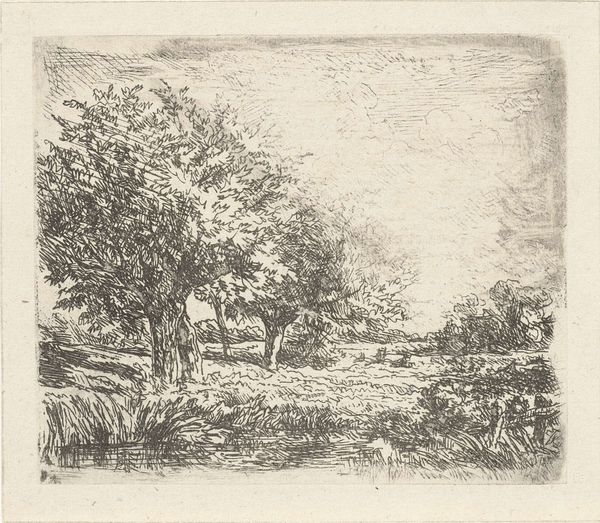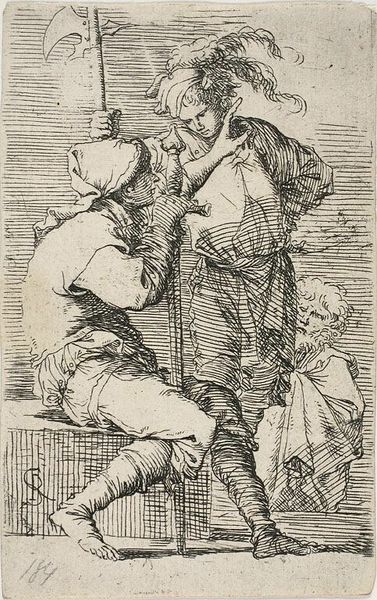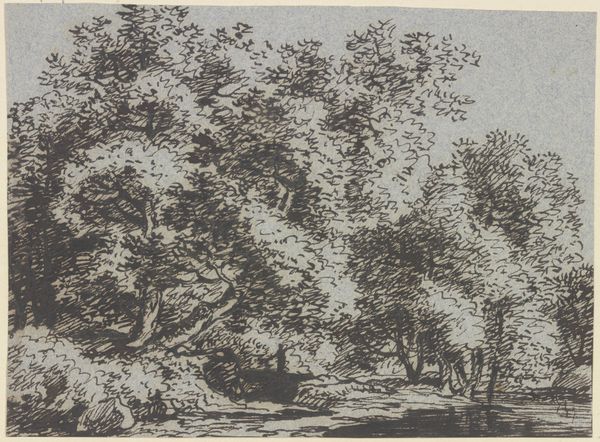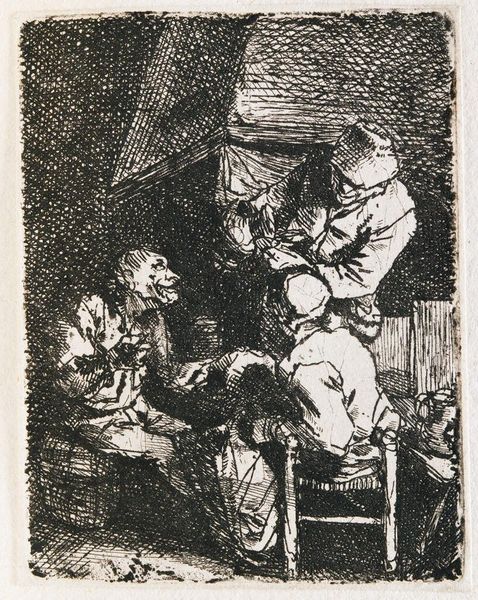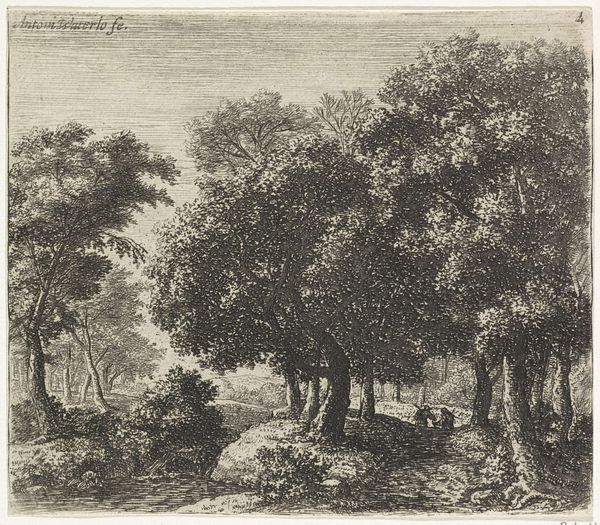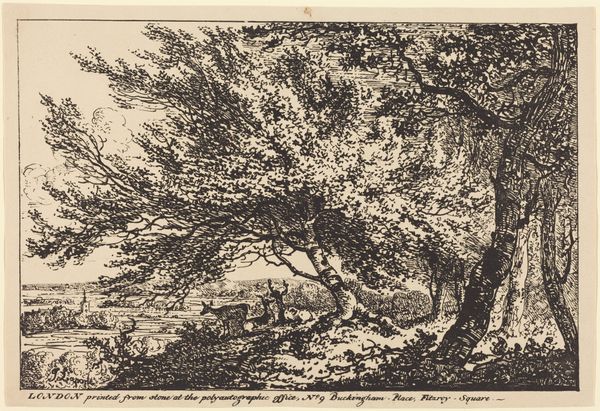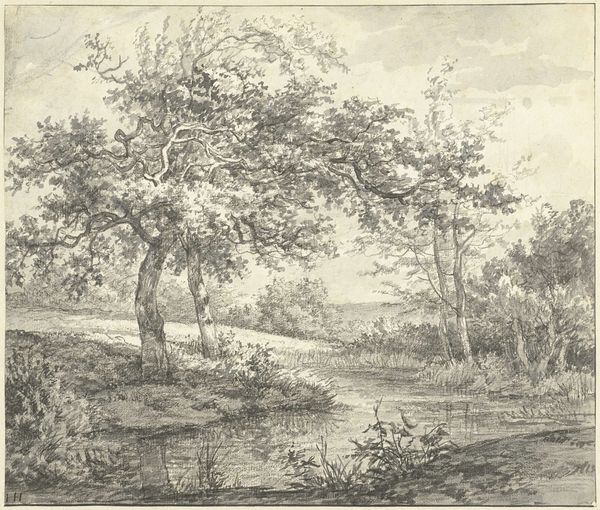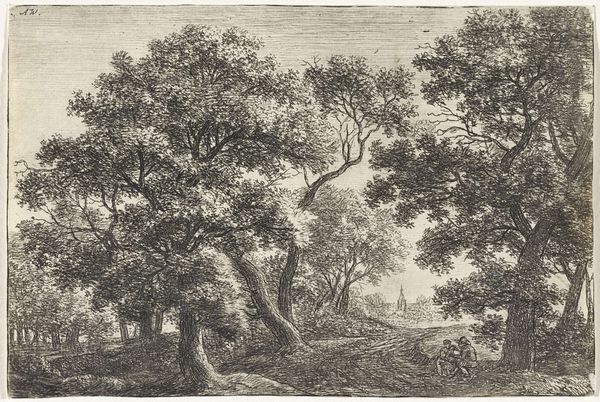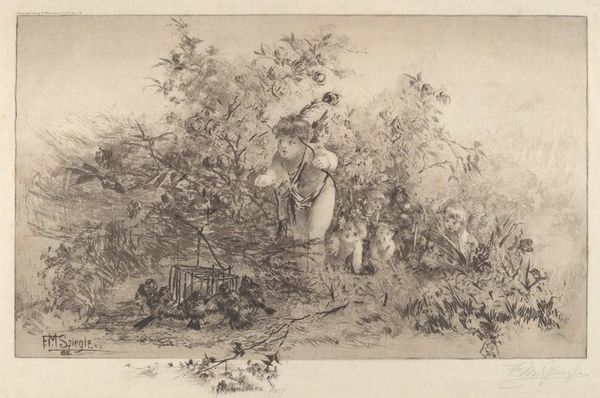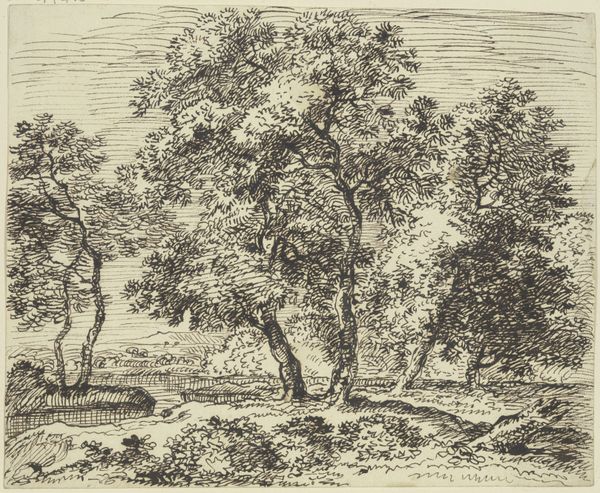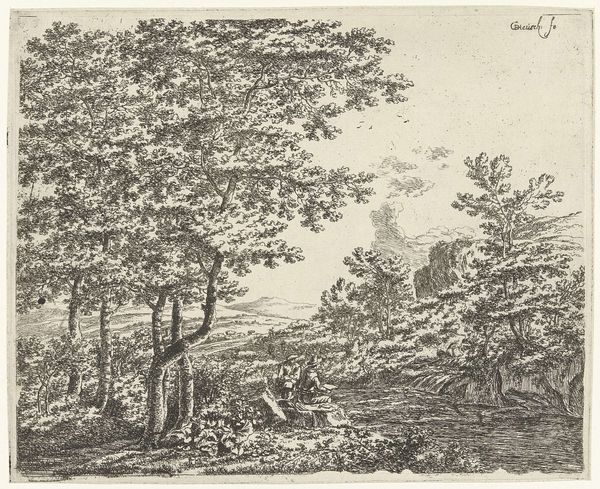
painting, oil-paint, photography
#
table
#
painting
#
oil-paint
#
photography
#
oil painting
#
fruit
#
genre-painting
#
realism
Copyright: Public domain
Hoca Ali Riza painted this unnamed still life, a genre known for its arrangement of inanimate objects, during a time of significant cultural and political transformation in the late Ottoman Empire. At a moment when Ottoman artists were looking to the West, Riza’s focus on ordinary objects, rendered with careful attention to light and texture, speaks to a desire to find beauty in the everyday. The basket, the fruit, and the vegetables are not merely objects; they are embodiments of the land and its bounty. This connects us to the cultural identity and to the agricultural roots of the society from which Riza emerged. The painting can be viewed as a quiet statement of cultural pride during a period of intense Western influence and internal reform. This still life invites reflection on what it means to find value and meaning in the commonplace, suggesting that the simplest of subjects can reveal profound truths about identity, place, and belonging.
Comments
No comments
Be the first to comment and join the conversation on the ultimate creative platform.
